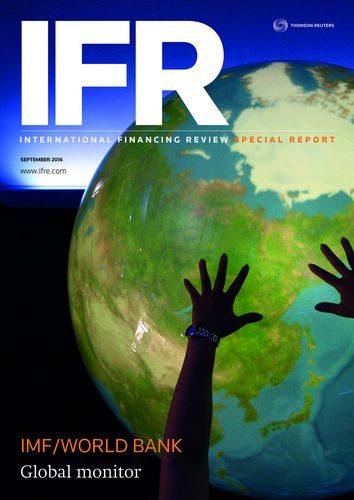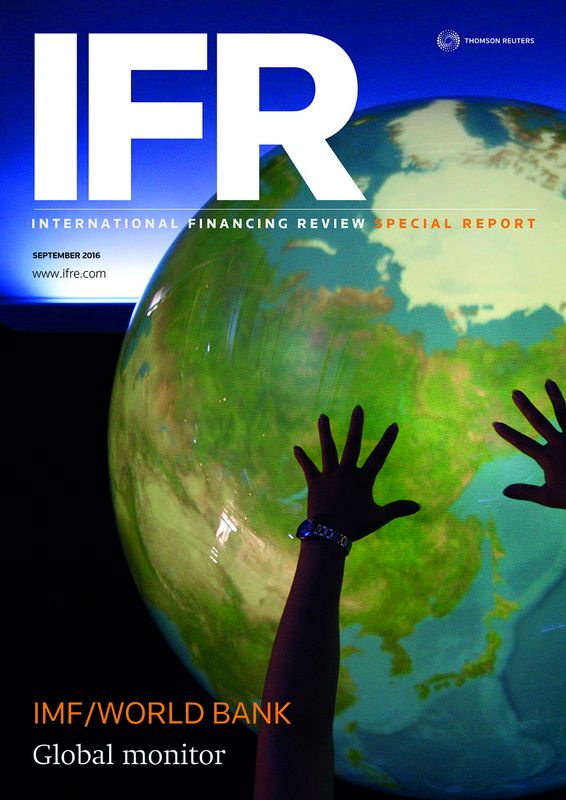Global monitor: With 189 member states encompassing virtually the entire globe, the International Monetary Fund is uniquely positioned to monitor the health of the economic environment throughout the world.
With such a disparate membership, it is never short of missions upon which to embark. And constant country visits by its representatives mean it has its finger on the global pulse at all times, working to achieve its stated mandates of fostering global monetary cooperation, securing financial stability, facilitating international trade, promoting high employment and sustainable economic growth, and reducing poverty around the world.
When it was created in 1945, it was with a view to building a framework for economic cooperation to avoid a repetition of the competitive devaluations that had contributed to the Great Depression of the 1930s.
Much has changed since then. Crises, however, have a habit of evolving rather evaporating, meaning the Fund is never short of initiatives to undertake. Its work, it appears, is never entirely done.
While the bulk of its projects in the wake of the eurozone crisis were seen through to fruition, for example, it still has unfinished business in Greece. The Fund’s relationship with its major debtor remains in an uncertain position, after a compromise was thrashed out in May to allow the second tranche, €10.3bn, of the country’s current bailout programme to be released.
That money is only coming from Greece’s eurozone partners, however, via the European Stability Mechanism. Unlike in the two previous initiatives, the IMF has not yet pledged loans as part of the current €86bn deal, insisting that debt relief be granted to Greece to make its debt sustainable and so give the programme a better chance of success.
But such is the pressure felt by investors in the current low-yield environment that even former sinners have every chance of being absolved.
The move towards more market-friendly regimes across a number of South American countries has put their debt on the radar for some that would previously not have contemplated any sort of involvement, and opportunities exist not only in traditional debt markets but in infrastructure projects as well.
Former LatAm favourite Mexico, however, has fared less well and is lagging behind its erstwhile less popular peers, a situation many struggle to fully rationalise.
A more easily explained example of a laggard is in Africa, where Mozambique took the step of appointing a former IMF official as its new central bank chief months after the Fund had suspended hundreds of millions of dollars in funding to the country, perturbed by soaring levels of national debt and a mounting financial scandal.
But the outlook for many borrowers remains bright. The Middle East, for example, has witnessed a bumper year, bolstered by sovereign issuers and set to be further swelled by a hotly anticipated bond from Saudi Arabia. The region’s banks have followed suit, although corporates have not yet taken the bait – a situation mirrored across both the bond and loan markets.
The Philippines under its colourful new president seems not to be feeling any effects of his imposition of a national state of lawlessness, although Turkey, in the wake of July’s failed coup, finds itself more under the microscope.
But there are more winners than losers, with investors keen to pick up paper and borrowers willing to exploit this through various means, both offshore and onshore – witness the growth of the Indian Masala and Chinese Panda markets.
The time could also be ripe for the IMF to promote its own credentials, with the World Bank having sold a bond denominated in Special Drawing Rights at the end of August – something China, for one, is keen to encourage ahead of the renminbi’s entry into the SDR basket in October. There is unlikely to be a surge of supply, but it is a start.
The same can be said of other initiatives such as GDP-linked bonds, whose principal and coupons fluctuate depending on the issuer’s economic performance, which could also find favour in an environment where investors are keen to explore various options.
To see the digital version of this special report, please click here
To purchase printed copies or a PDF of this report, please email gloria.balbastro@tr.com


